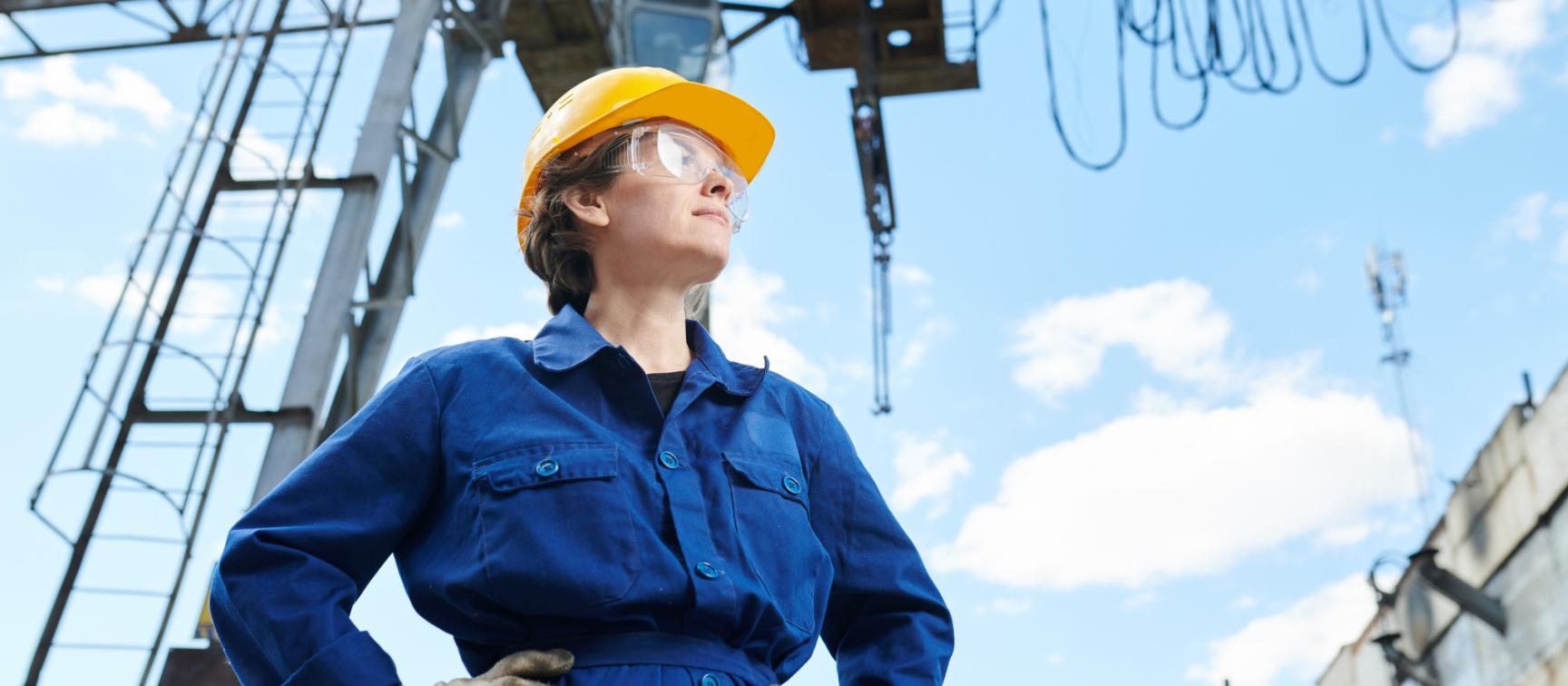
Equality and Inclusion for Women in Construction: Progress and Challenges in 2025
The construction industry in the UK has long been seen as a male-dominated sector. However, in recent years, significant efforts have been made to change this narrative and create a more inclusive environment for women. As we enter 2025, we reflect on the progress achieved so far and the challenges that remain in promoting gender equality in construction.
Progress Towards Inclusion
-
Growing Representation Over the past decade, more women have entered the construction workforce. Initiatives such as "Women into Construction" and industry pledges to increase diversity have helped pave the way. Today, women are contributing across a wide range of roles, from site management and engineering to leadership positions.
-
Supportive Workplace Policies Flexible working arrangements, enhanced maternity leave, and return-to-work schemes have made the industry more accessible to women. Mentoring programs and leadership development initiatives have also played a key role in helping women advance their careers.
-
Impact of Technology Technological advancements have changed the nature of construction work, making certain physical tasks less demanding and creating opportunities for women in areas such as Building Information Modeling (BIM), robotics, and drone operation.
-
Inspiring Role Models High-profile female leaders in the industry are challenging stereotypes and encouraging more women to consider construction as a viable career option. Their visibility is a critical factor in changing perceptions and inspiring future generations.
Ongoing challenges
-
Cultural Barriers Despite progress, outdated attitudes about gender roles remain a challenge. Many women report experiencing discrimination or unconscious bias, which can create an unwelcoming workplace culture.
-
Pay Inequality The gender pay gap continues to be an issue, with women often earning less than their male counterparts for similar roles. This disparity can discourage women from pursuing long-term careers in construction.
-
Underrepresentation in Leadership While more women are entering the industry, they remain underrepresented in senior leadership and decision-making roles. Breaking the "glass ceiling" is still a significant challenge.
-
Retention Issues Retaining women in the construction sector is a persistent problem. Many leave due to a lack of career progression, workplace support, or inclusive culture.
Steps For Change
-
Early Engagement Encouraging girls to explore careers in construction through school outreach programs, apprenticeships, and work experience opportunities can spark early interest.
-
Diversity and Inclusion Training Comprehensive training on unconscious bias and diversity can help foster a more inclusive workplace environment.
-
Transparency in Practices Construction companies must commit to transparency in pay, recruitment, and career development opportunities. Regularly publishing diversity reports can hold firms accountable.
-
Safe and Inclusive Workplaces Psychological safety is as important as physical safety. Policies addressing harassment and discrimination, along with promoting open communication, can build trust and inclusivity.
-
Celebrating Success Highlighting the achievements of women in construction can inspire others and demonstrate the value they bring to the industry. Industry events, awards, and media coverage play an essential role in this.

